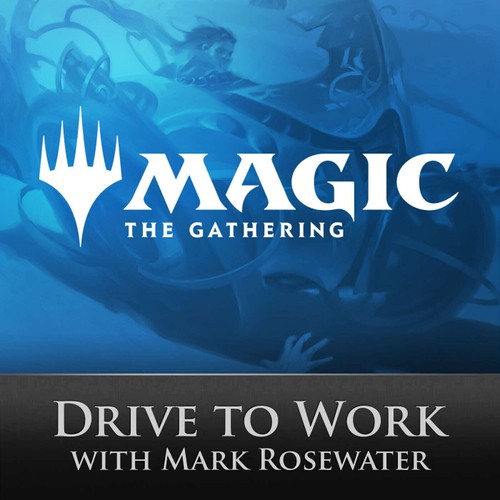
 Magic: The Gathering Drive to Work Podcast
Magic: The Gathering Drive to Work Podcast #1194: Brainstorming
Nov 29, 2024
Explore the transformative power of brainstorming in creative problem-solving. Discover how diverse perspectives can spark innovation and tackle cognitive challenges. Learn the art of collaborative brainstorming, where generating ideas thrives without criticism. Dive into effective techniques specifically for game design, focusing on idea categorization and voting to refine concepts into actionable plans. Uncover how group dynamics can lead to unexpected and exciting solutions!
AI Snips
Chapters
Transcript
Episode notes
Focused Brainstorming
- Brainstorm with a specific problem in mind, even if it's broad.
- This focuses the discussion and helps generate relevant ideas.
Breaking Neural Pathways
- The human brain tends to follow familiar neural pathways when faced with a problem.
- Brainstorming helps break these patterns and fosters new ideas.
Diverse Voices
- Include diverse voices and fresh perspectives in your brainstorms.
- Different people approach problems differently, sparking new thoughts.
